Pigments Gums & Resins

-
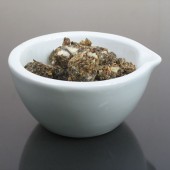
Gum Benzoin
Starting at: £14.70
-
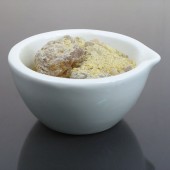
Gum Copal Manila
Starting at: £6.00
-
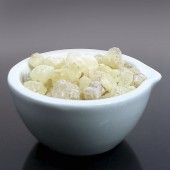
Gum Damar
Starting at: £10.00
-
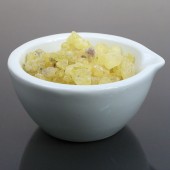
Gum Mastic
Starting at: £20.30
Call to Order
-
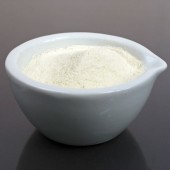
Gum Sandarac
Starting at: £8.60
-
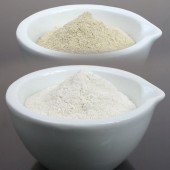
Gum Tragacanth
Starting at: £20.00
Call to Order
-
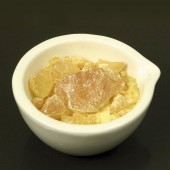
Colophony
Starting at: £7.30
-
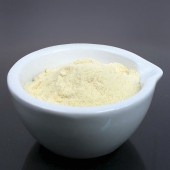
Powdered Rosin
Starting at: £13.90
-

Dragon's Blood Powder
Starting at: £28.10
-

Dragon's Blood Pieces
Starting at: £25.40
-

Button Shellac
Starting at: £8.40
-

Clear Dewaxed Shellac
Starting at: £9.20
-
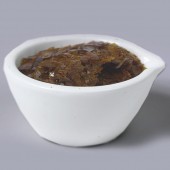
Lemon Shellac
Starting at: £8.20
-
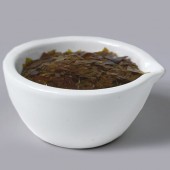
Orange Shellac
Starting at: £8.00
-
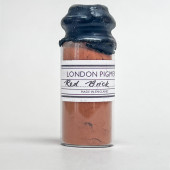
London Pigment, London Red Brick
£18.00
-
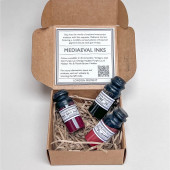
London Pigment, Mediaeval Inks Set, 2
£35.00Call to Order
-
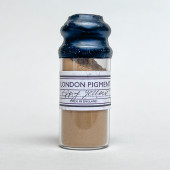
London Pigment, Epping Forest Yellow Ochre Pigment
£18.00Call to Order
-
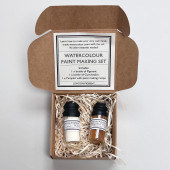
London Pigment, Watercolour Paint Making Set
£35.00Call to Order
-
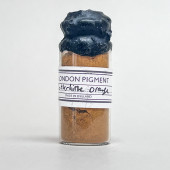
London Pigment, Rotherhithe Orange Pigment
£20.00Call to Order
-
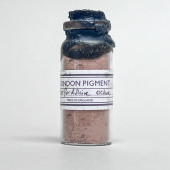
London Pigment, Herefordshire Ochre Pigment
£20.00
-
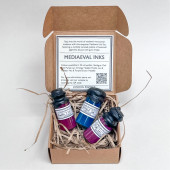
London Pigment, Mediaeval Inks Set, 1
£35.00Call to Order
-
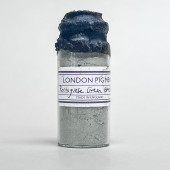
London Pigment, Portuguese Green Earth Pigment
£20.00 -
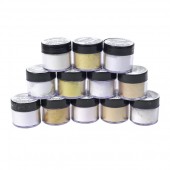
Pearl Lustre Pigments 7g
Starting at: £4.70
-
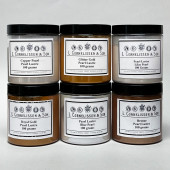
Cornelissen Pearl Lustre Pigments 100g
Starting at: £12.90
-
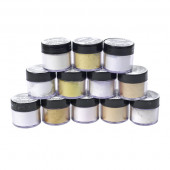
Pearl Lustre Pigments 1 kg
Starting at: £94.00
Call to Order
-
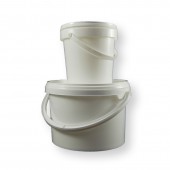
Plastic Paint Tubs
Starting at: £4.60
-
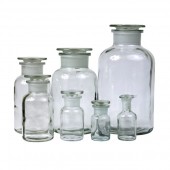
Reagent Jar
Starting at: £6.50
-

Transparent Containers
Starting at: £1.20
-

Squat & Powder Jars
Starting at: £0.75
-
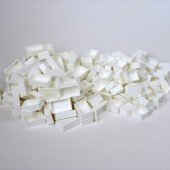
Empty Watercolour Pans
Starting at: £0.60





